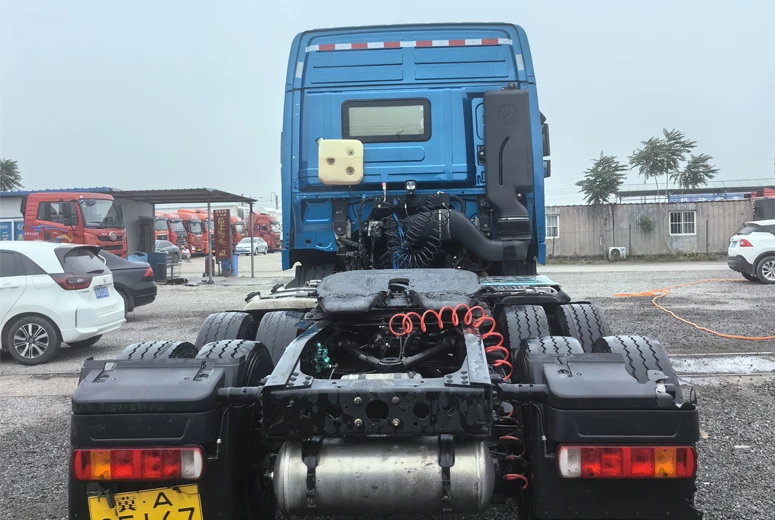Tractor Innovations for Enhanced Efficiency in Rice Farming Operations
The Role of Tractors in Rice Farming
Rice, one of the most important staple foods globally, is cultivated in diverse regions, requiring various agricultural practices tailored to local conditions. Among these practices, the utilization of tractors has revolutionized rice farming, significantly enhancing efficiency and productivity.
Tractors have been instrumental in modernizing rice cultivation. Traditionally, rice farming was labor-intensive, relying heavily on manual labor for tasks such as land preparation, planting, and harvesting. However, with the introduction of tractors, farmers can now perform these operations more quickly and with greater precision. The ability to prepare rice fields in a fraction of the time previously required allows farmers to plant their crops sooner, leading to increased yields and potentially two harvests in a single year.
The Role of Tractors in Rice Farming
Another significant benefit is the reduction in labor costs. As many rural areas face a shortage of agricultural labor, especially during peak planting and harvesting seasons, tractors can compensate for this deficiency. By mechanizing these labor-intensive processes, farmers can save on labor costs while also having the ability to scale their operations. This is particularly beneficial in regions where labor costs are rising or where less young labor is available due to urban migration.
rice farming tractor

In addition to planting and soil preparation, tractors also play a vital role in harvesting rice. Harvesting traditionally involved manually cutting the rice plants, a task that was time-consuming and physically demanding. Today, combine harvesters—powerful machines that can cut, thresh, and clean rice in a single pass—are often mounted on tractors, allowing for swift and efficient harvesting. With these machines, farmers can harvest larger areas in a shorter amount of time, thus minimizing crop losses due to adverse weather conditions that can occur if harvesting is delayed.
However, the adoption of tractors in rice farming is not without its challenges. The initial investment in tractors and equipment can be significant, posing a barrier for smallholder farmers. Additionally, there is a learning curve associated with operating these machines and conducting maintenance. Issues such as soil compaction and the environmental impact of fuel consumption must also be carefully managed to ensure sustainable farming practices.
In response to these challenges, many governments and agricultural organizations are providing support through subsidies, training programs, and access to affordable financing options for smallholder farmers. These initiatives aim to promote the adoption of mechanization while ensuring that the benefits of advanced farming techniques are accessible to all stakeholders, thereby enhancing food security in rice-dependent communities.
In conclusion, tractors have transformed rice farming by improving efficiency, reducing labor costs, and increasing crop yields. While there are challenges associated with their use, the ongoing efforts to support farmers in adopting this technology are paving the way for more sustainable and productive rice cultivation for future generations. As the global demand for rice continues to rise, the role of modern machinery will be crucial in meeting this demand while preserving the livelihoods of farmers around the world.
-
SINOTRUK HOWO 84 Electric Dump Truck for Eco-Friendly Heavy HaulingNewsJul.26,2025
-
The Fast 16-Gear Manual Transmission Assembly for Heavy TrucksNewsJul.25,2025
-
Mercedes Benz Actros 1848 42 Tractor Truck for Sale - Reliable PerformanceNewsJul.24,2025
-
High-Quality Water Pump Assembly for Sinotruk Trucks – Durable & ReliableNewsJul.23,2025
-
Premium Truck Engine Antifreeze Coolant Fluid for Heavy Duty VehiclesNewsJul.22,2025
-
FOTON View G7 Mini Bus: Affordable & Spacious TransportNewsJul.22,2025
Popular products

























